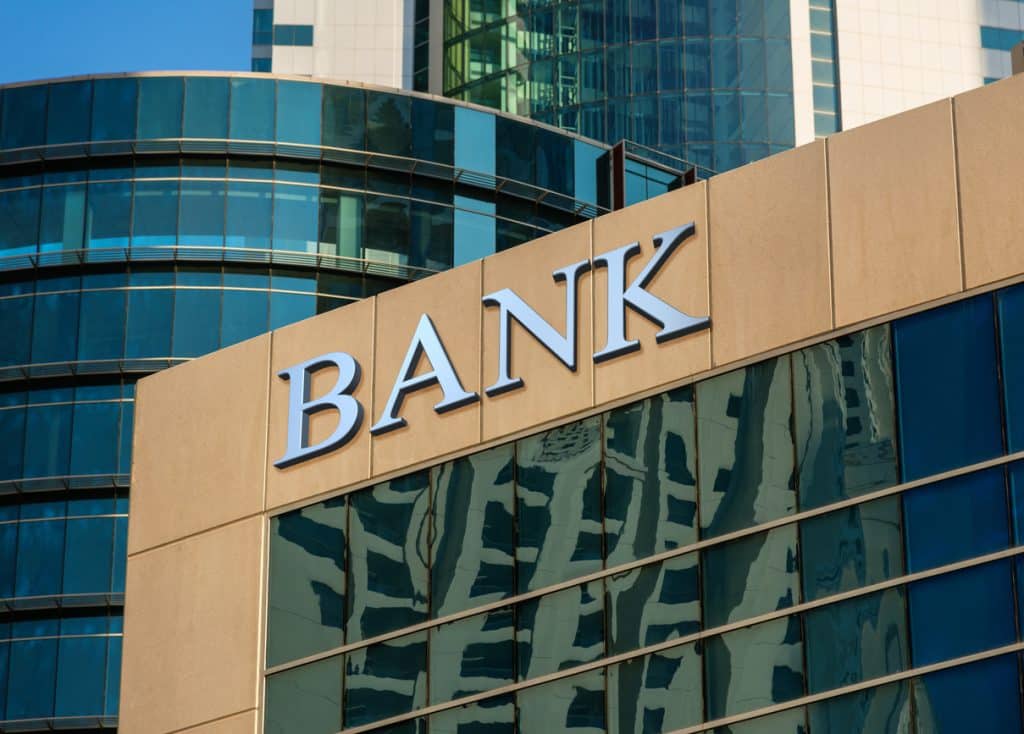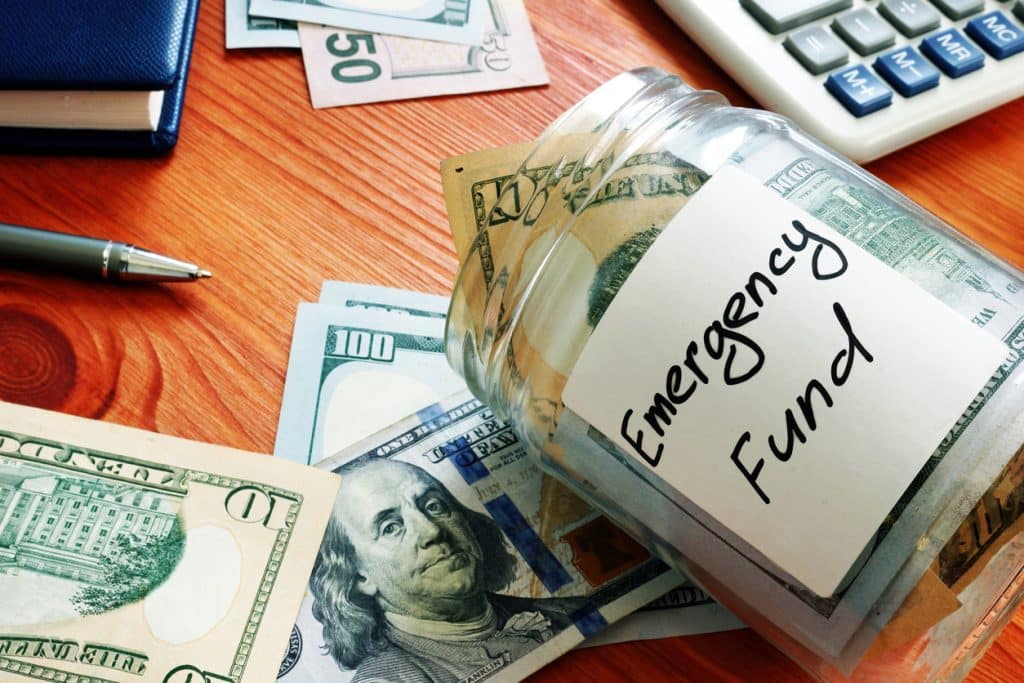When it comes to managing money, most people stick to one main bank account for everything—salary, bills, and daily spending. But what if there was a simple way to save more, spend less, and reach your financial goals faster? The answer could be as easy as opening a second bank account.
It may sound strange at first, but having a second account can help you control your spending, manage savings, and even bring peace of mind. Let’s dive into why this simple money trick is worth considering.
1. The Benefit of Creating “Spending Obstacles”

It might sound odd to want to create obstacles when spending your own money, but it can actually be a great strategy. By having a second bank account, you’re separating your funds and making it harder to dip into money that should be saved. Imagine you have your main account, where your salary is deposited, and a second account, where you keep your savings.
Every time you’re tempted to make an impulse buy, you have to think twice about transferring money from your savings account. That little bit of extra effort can often be enough to stop you from spending on things you don’t really need.
Think of it this way: if your money is out of sight, it’s out of mind. By keeping your savings in a separate account, you’re less likely to touch it, making it easier to build a safety net over time.
2. Easier Budgeting and Tracking Expenses

Having just one bank account for everything can make it hard to see where your money is going. Sure, you might have a vague idea, but it can be easy to overspend without realizing it. By splitting your funds between two accounts, you create a clear separation between your spending and saving. For example, you can use your main account for regular expenses like groceries, bills, and rent, while your second account is reserved for savings, travel funds, or other long-term goals.
This makes it much easier to track how much you’re spending and how much you’re saving. You can quickly check your account balance and see if you’re sticking to your budget, without sifting through multiple lines of transactions.
3. Building an Emergency Fund

One of the best uses for a second bank account is to create an emergency fund. Life is unpredictable, and having money set aside for unexpected expenses, like car repairs or medical bills, can provide peace of mind. The key here is to keep this account separate from your main account so that the money isn’t mixed in with your day-to-day funds.
You can set up automatic transfers from your main account to your emergency fund every month, even if it’s just a small amount. Over time, you’ll build a safety net without even having to think about it. Plus, knowing that this money is there for emergencies can give you the confidence to handle life’s surprises without stressing over finances.
4. Saving for Specific Goals Becomes Easier

Whether it’s a vacation, a new gadget, or a special gift, having a second bank account can make it easier to save for specific goals. When everything is in one account, it’s tempting to spend on whatever comes up. But if you have a separate account specifically for your travel fund, for instance, you’re less likely to dip into it for unrelated purchases.
This method can also make saving feel more rewarding. Watching the balance in your “vacation account” grow can be motivating, giving you a clearer sense of progress toward your goals. You’re essentially creating a small financial barrier that protects your savings, and the satisfaction of reaching your goal makes the effort worthwhile.
5. Extra Protection Against Overspending

In a world where online shopping is just a click away, overspending has never been easier. Having a second bank account can act as a safeguard against impulsive buys. If your main account only has enough for your usual expenses, you’ll have to pause and think before transferring money from your savings to make a purchase. That extra step might be all you need to decide whether you really want or need to buy something.
Think of it as a way to trick yourself into being more mindful with money. It forces you to think ahead, plan your purchases, and reduce impulse buying.
6. Simplifying Bills and Other Financial Commitments

Another reason to consider opening a second bank account is to keep your regular bills and payments separate from other expenses. Some people find it useful to have one account dedicated solely to paying rent, utilities, subscriptions, and other fixed expenses. This way, you can avoid accidentally spending money that should have been set aside for bills.
With everything in one place, there’s a risk of overspending, and that could mean not having enough left to cover important payments. But when you keep your bill money separate, you know exactly what’s available for spending and what needs to be saved for upcoming commitments.
7. The Mental Benefits of Separation

Beyond the practical benefits, there’s also a psychological advantage to having two bank accounts. By dividing your finances, you’re not just organizing your money—you’re organizing your mindset. It makes it easier to see your savings grow and track your progress toward specific goals. This can give a sense of control, which is often one of the hardest parts of managing money.
When you see that you’re regularly contributing to a savings account, it can boost your confidence and motivate you to keep building good financial habits. Over time, this simple action can lead to a healthier relationship with money and a better understanding of your spending patterns.
8. How to Set Up a Second Bank Account

Setting up a second bank account doesn’t have to be complicated. Most banks make it easy to open multiple accounts, and some even allow you to set up specific savings accounts that can’t be accessed for day-to-day transactions. You might even consider opening your second account with a different bank, making it even less tempting to transfer money on a whim.
Check out what options are available, and think about your own financial goals. Do you want a savings account with high interest? A no-fee checking account for specific expenses? Choose what works best for you, and set up a system that makes saving and managing money as effortless as possible.
In the end, creating spending obstacles might be one of the best financial tricks out there. By putting a little bit of distance between you and your money, you give yourself the chance to build better habits, save more, and take control of your financial future.
Want to read up on more tips to manage your finance? Then take a look in our Finance category!











